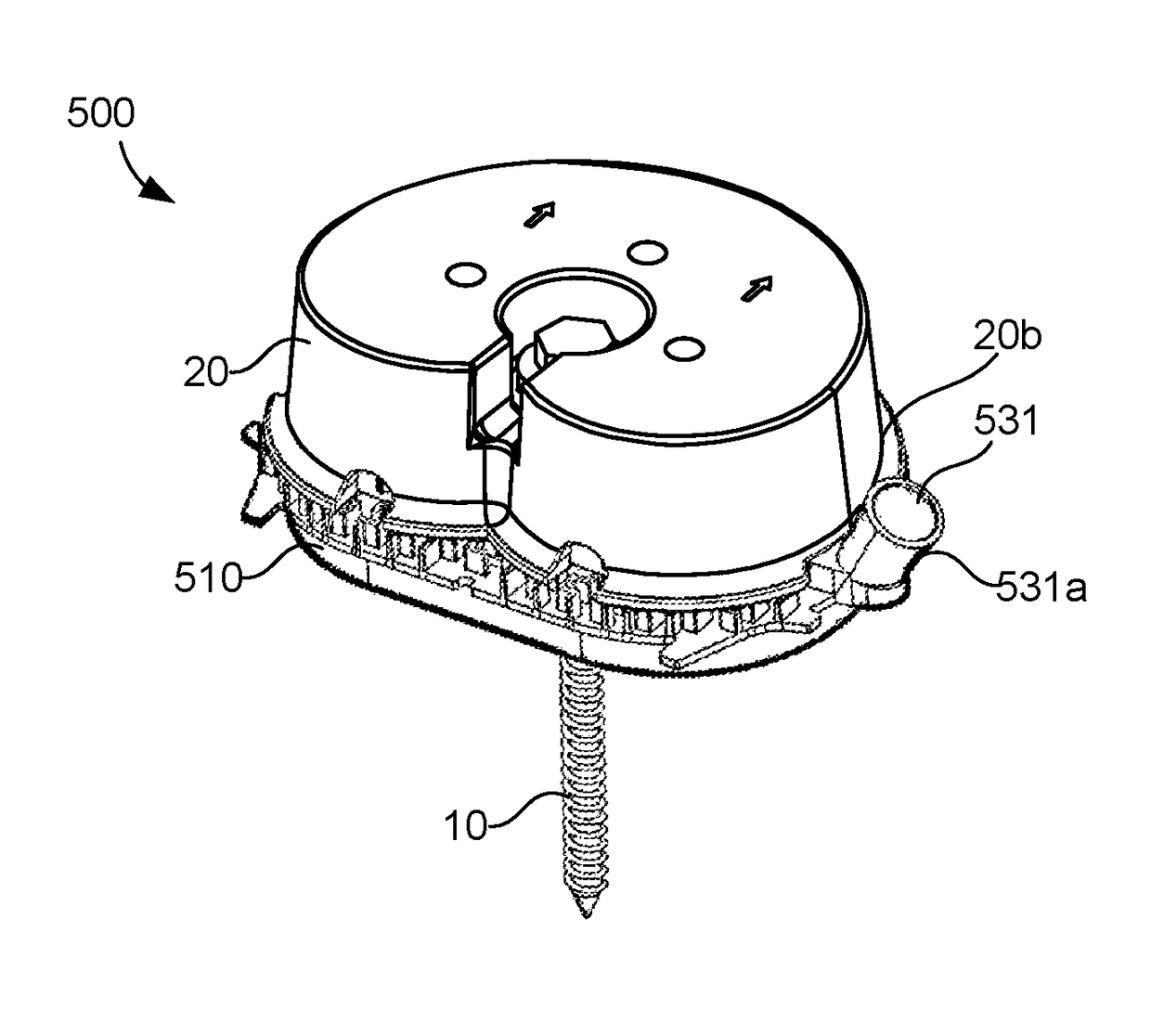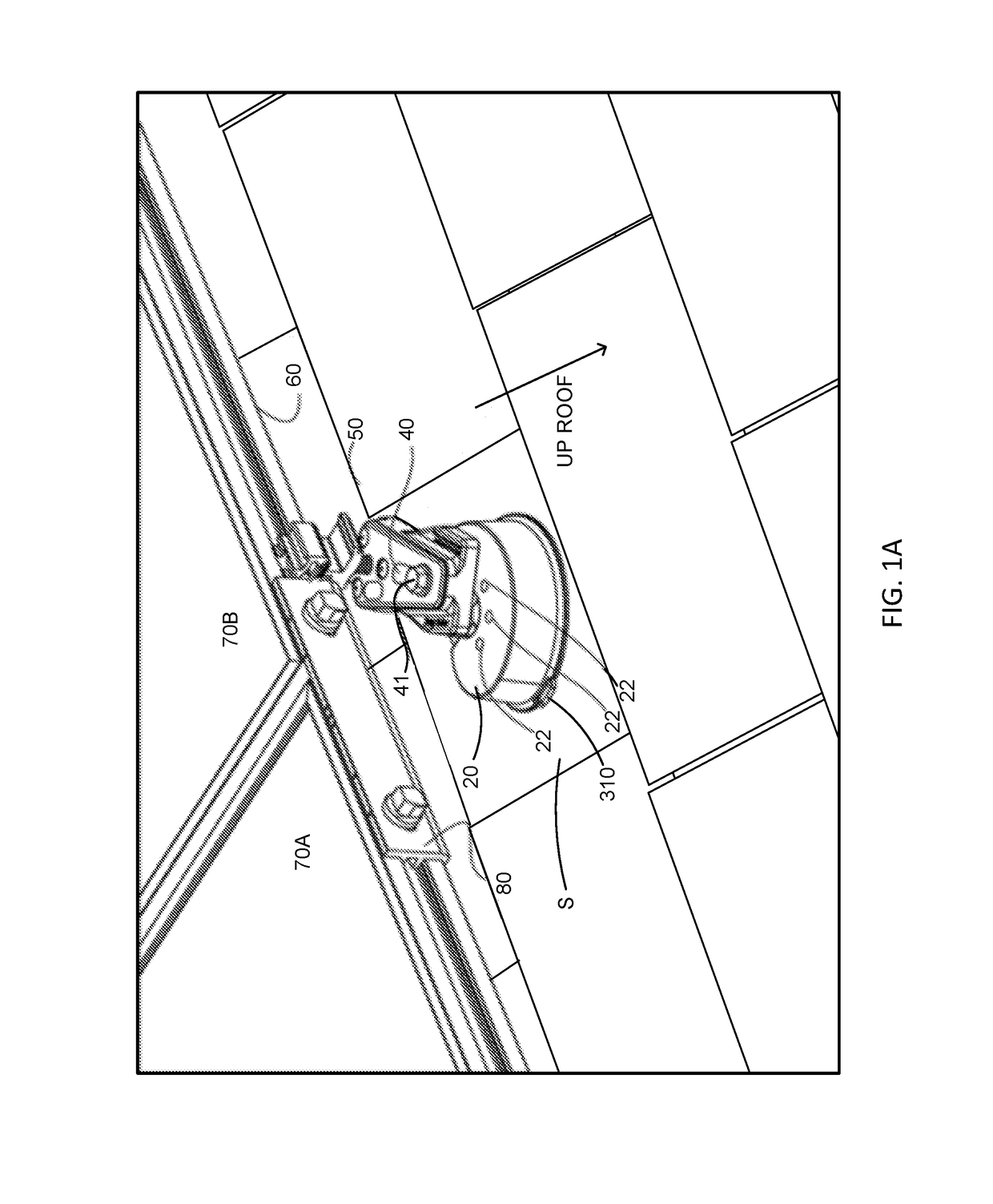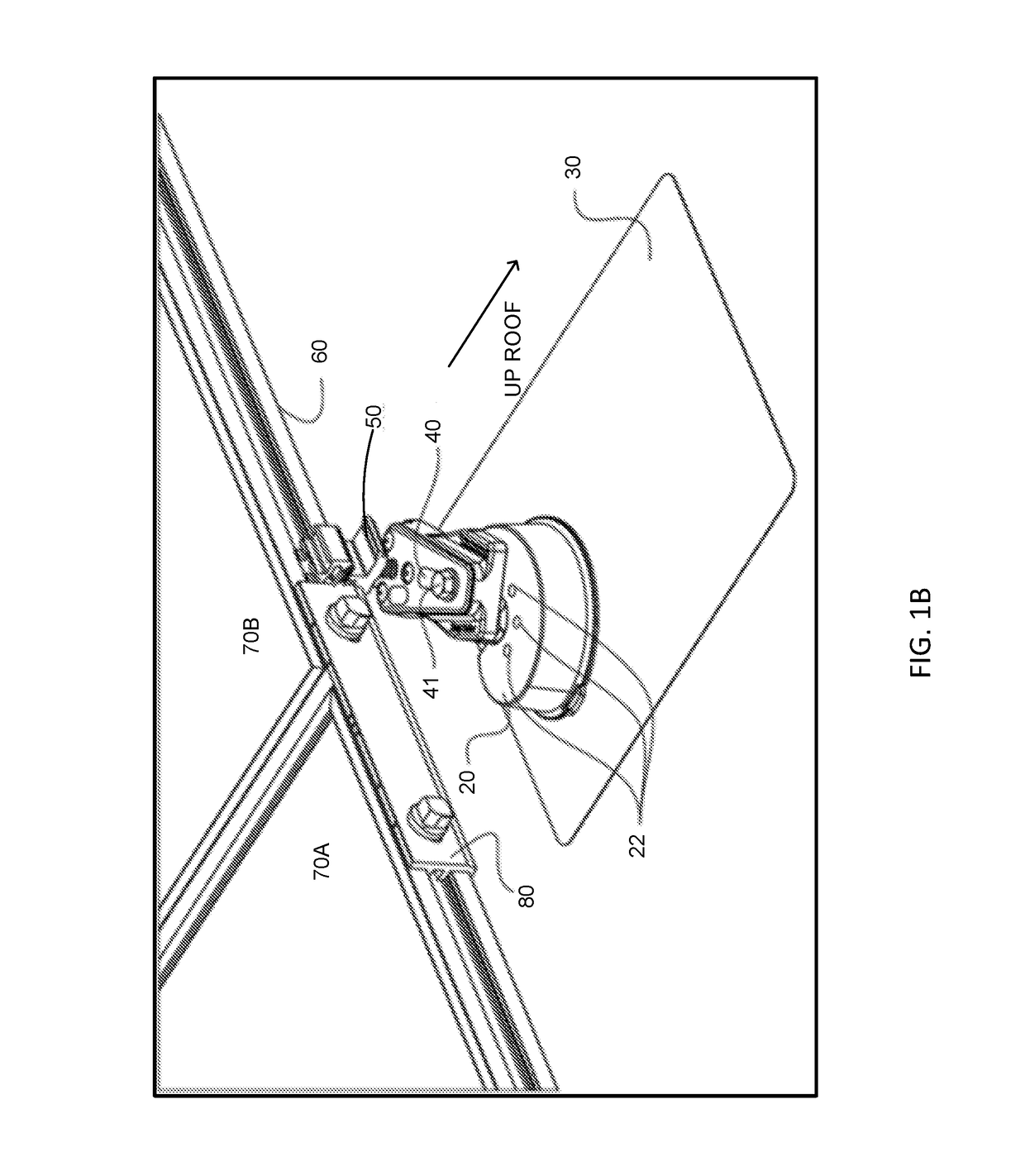Photovoltaic mounting system with sealant injector inlet
a technology of photovoltaic energy and mounting system, which is applied in the direction of photovoltaic supports, heat collector mounting/support, lighting and heating apparatus, etc., can solve the problems of causing another potential leakage point, affecting installation efficiency, and relatively high price of flashings, etc., and achieves the effect of increasing load
- Summary
- Abstract
- Description
- Claims
- Application Information
AI Technical Summary
Benefits of technology
Problems solved by technology
Method used
Image
Examples
Embodiment Construction
[0037]The following description is intended to convey a thorough understanding of the embodiments described by providing a number of specific embodiments and details involving PV mounting hardware for shingled roofs. It should be appreciated, however, that the present invention is not limited to these specific embodiments and details, which are exemplary only. It is further understood that one possessing ordinary skill in the art, in light of known systems and methods, would appreciate the use of the invention for its intended purposes and benefits in any number of alternative embodiments, depending upon specific design and other needs.
[0038]Referring now to FIG. 1A, mounting system 100 includes a mounting plate 310 that conforms closely to the size and shape of mounting puck 20 to allow mounting of a conventional off-the-shelf mounting puck without modifying shingles S of the roof surface and / or without using traditional metal flashing. Leveling support arm 40 is secured to one of ...
PUM
 Login to View More
Login to View More Abstract
Description
Claims
Application Information
 Login to View More
Login to View More - R&D
- Intellectual Property
- Life Sciences
- Materials
- Tech Scout
- Unparalleled Data Quality
- Higher Quality Content
- 60% Fewer Hallucinations
Browse by: Latest US Patents, China's latest patents, Technical Efficacy Thesaurus, Application Domain, Technology Topic, Popular Technical Reports.
© 2025 PatSnap. All rights reserved.Legal|Privacy policy|Modern Slavery Act Transparency Statement|Sitemap|About US| Contact US: help@patsnap.com



